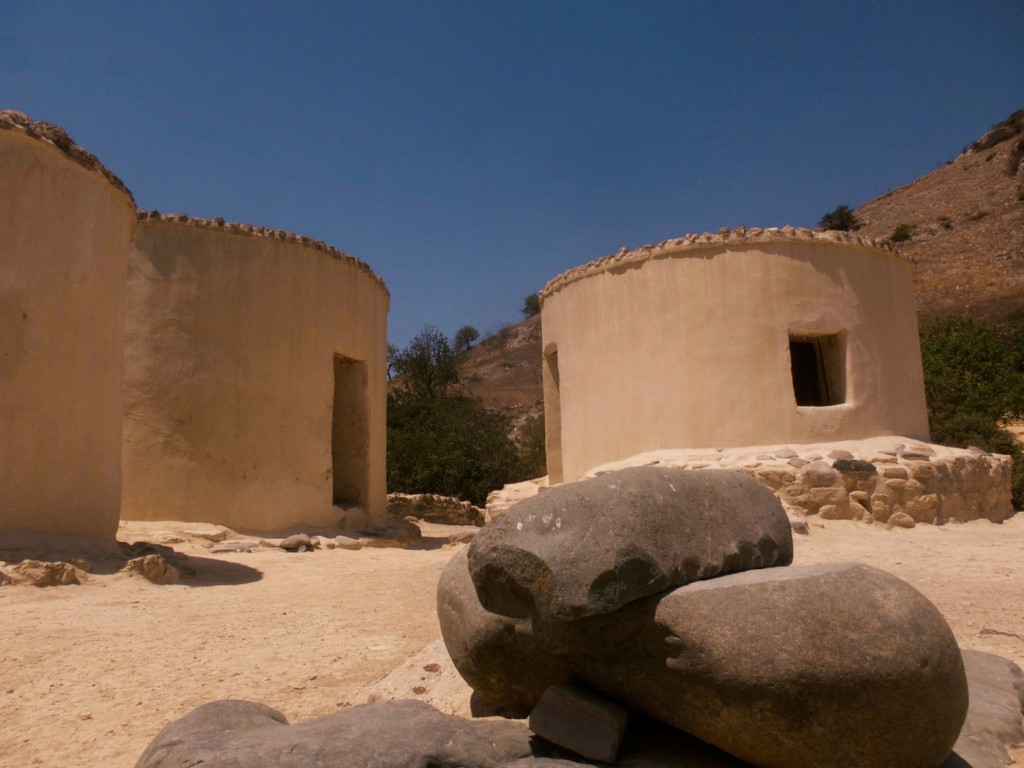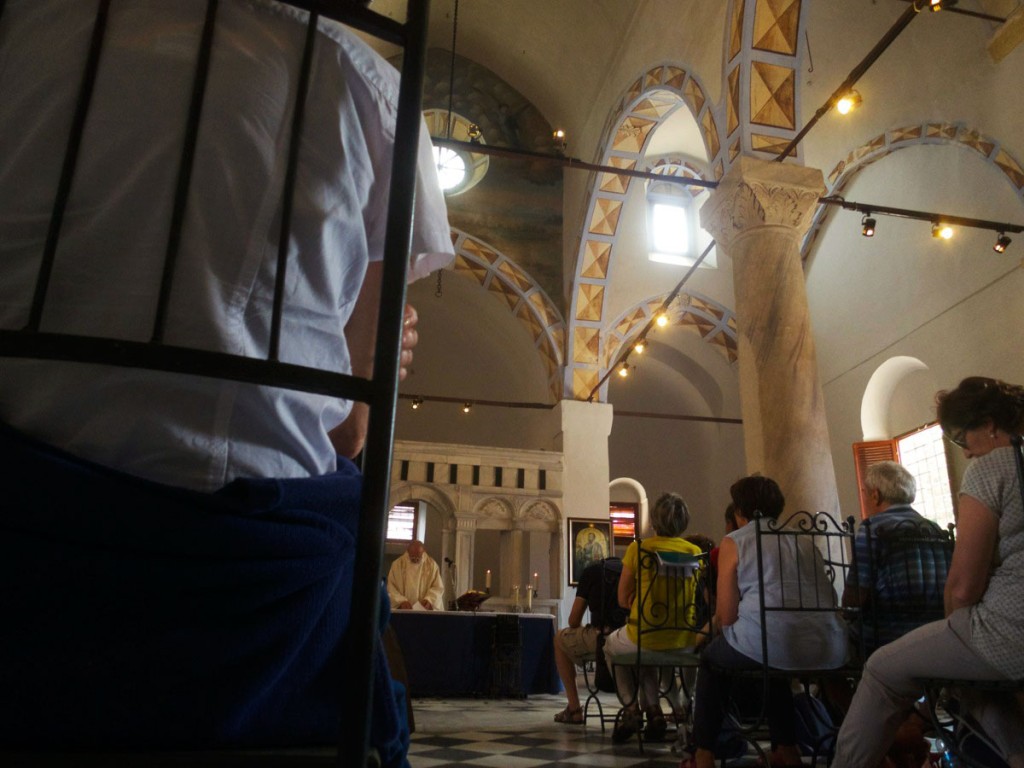![[Image description: A temple in Myanmar.] Via Unsplash](https://blogs.stockton.edu/webtools/files/2021/11/mg-cthu-1h_NN3nqzI-unsplash.jpg)
Today’s news and politics is riddled with stories about China, conspiracies, rumors, and scandals that the media argues about until they’re blue. So when Crossroad of Memory, a walk that was halted due to the pandemic, was featured on the Out of Eden Walk, my attention was immediately snagged. Photographer Paul Salopek had to halt his multi-year, 24,000-mile walk because of the pandemic. After spending quarantine overlooking the skyscrapers of Shanghai, Salopek “restarted” his journey in Yusan, a subtropical town nestled near the Myanmar border. Yusan is full of modern buildings with red-tiled roofs and, like most towns in Chinese provinces, is rich with history as old as the Ming Dynasty. Salopek even says that it’s likely that Marco Polo walked through this town. Ancient history is something that Salopek trails in his worldwide walk, and he is sure to keep nomads, hunter-gatherers, and cavemen in the back of his mind as he tracks the roads, villages, and landscapes that humans from thousands of years ago once trekked. Like most Asian countries, the legacy of their ancient past remains today, even in modern cities like Shanghai or Seoul. These legacies are something that Salopek captures in his photography, like when he met Kong Zhong, who showed him a genealogy tree as long as a Persian rug that traces his heritage back to Confucius himself. Being linked to the ancient world is an understatement, and it’s a point of pride and culture for the people of China.

Another leg of Salopek’s journey was aboard the cargo ship MV Alios, which was sailing through the Mediterranean Sea between Cyprus and Israel. This was Milestone 20, from Chapter 3’s Autumn Wars, which marked his trek from Asia and the Middle East to Cyprus. Perhaps no part of his journey felt more isolating, as aboard the ship he did not encounter another human (other than the crew), especially while hunkered down in his tiny cabin room. Upon arrival in Cyprus, Salopek traversed through Treasure Island. As Cyprus is one of the oldest inhabited islands in the world, it is hard to ignore the connection between this new destination and the ones throughout Asia; the legacy of a past living, an old way of life, still remains. On Treasure Island, where the scorching Mediteranean heat is unbearable, people walk around topless, wearing nothing but shorts or bathing suit bottoms. For Salopek, this only reminded him of our primitiveness, and how in a way humans are not made to be surrounded by machinery in a capitalist society. Salopek perfectly captures this feeling with:
“We are Stone Age people trapped inside Toyota pickup trucks.”
-Paul Salopek, National Geographic

The heat is something that humans have been enduring for thousands of years, which seems to be common knowledge especially with the fact that 12,000 years ago, Cyprus was populated by hunter-gatherers who used the land and its extreme elements to their advantage for survival. This is perhaps symbolized by the gnarled, 700-year old olive tree that Salopek is taken to. The tree has provided sustenance for people for centuries, and although weathered and grooved with age, it still remains. Much like the legacy of Cyprus’ past itself.
Also from Autumn Wars is Tarsus, Turkey, the hometown of St. Paul, who brought pilgrims from Italy to worship and whose legacy resides in a renovated church where the pilgrims themselves once prayed. Obviously, this links the people to their past, but there is also modernity in this old land: there is a cafe called St Paul’s Cafe, an establishment that directly links modern society with its history. This part of Salopek’s journey is aptly named Apostle, which represents the area’s religious foundations.

Tarsus’ history goes father then St. Paul, however. Notably, it is home to where Cleopatra first met Marc Antony. The town’s connection to Rome and one of its most notorious couples is in the ruins of a temple that once boasted columns six stories high. With the Roman Empire being the Roman Empire, something tells me that this temple wouldn’t be anything less than what its enormous structure once was. Although all that remains is its rubble, and the people no longer care about the history according to Erkul (a guide who showed Salopek around), the legacy remains no matter who is interested in it or not. The very ruggedness of these ancient locations, craggy with age, sun, and dust, reminds you of the past no matter where you look. The way Salopek connects to today’s people in these locations, and listens to their truths about their histories and cultures, is an effective way of linking today with the past, and underscoring the importance of remembering where we came from no matter what economical, political, or cultural changes may be roiling in the modern age.
Recent Comments